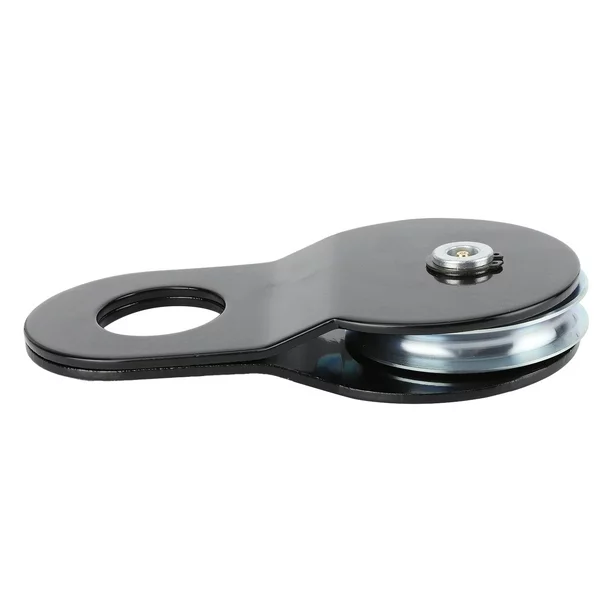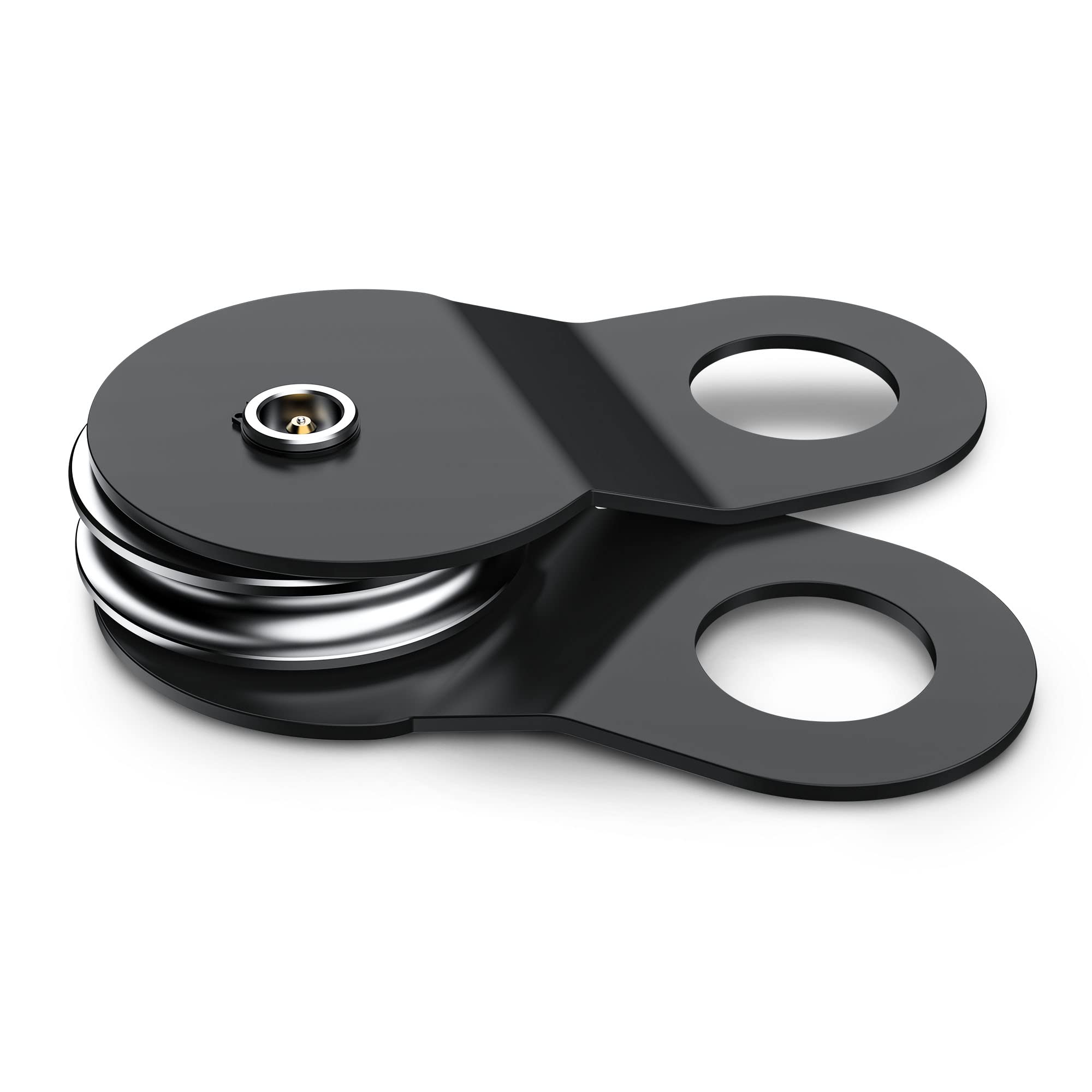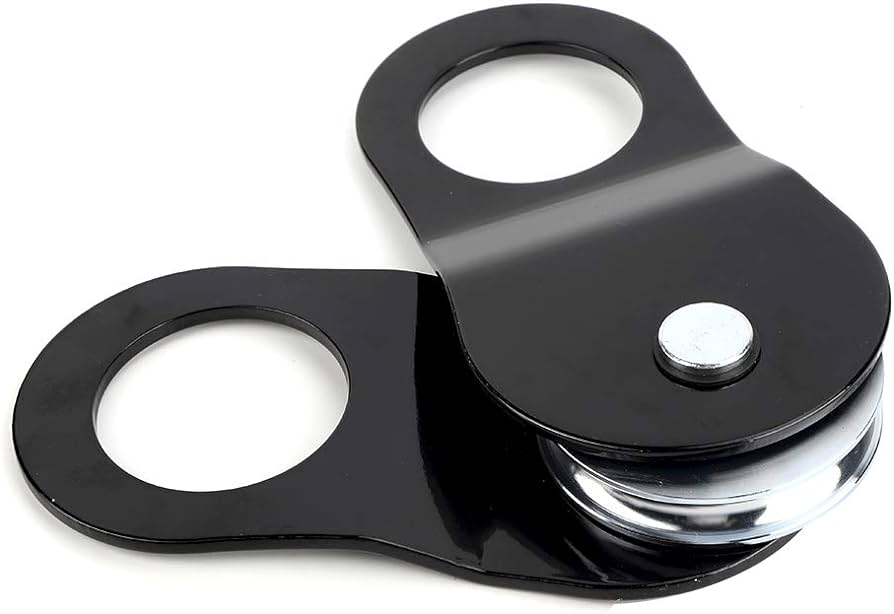Product Description
- Introduction:
General Products Application/Service Area
Metal Parts Solution for Vehicle, Agriculture machine, Mining machine, Construction Machine, transportation equipment, Valve and Pump system. E.g. Engine bracket, truck chassis bracket, gear box , gear housing , gear cover, shaft, spline shaft , pulley, flange, connection pipe, pipe, hydraulic valve , valve housing ,Fitting , flange, wheel, flywheel, oil pump housing, starter housing, coolant pump housing, transmission shaft , transmission gear, sprocket, chains etc. Applicable Material Gray Iron, Ductile Iron, carbon steel, stainless steel, alloy steel and customized material Blanks Casting Tolerance CT9-10 for Machine Molding Process,
CT8-9 for Shell Molding and Lost Foam Molding Casting Process
CT10-11 for Manual Molding Sand casting ProcessCasting Blank Size /Dimensions 200 mm-1500mm, as per customer requirement Casting Blank Weight Range from 5kg-8000kg Applicable Machining Process CNC Machining/ Lathing/ Milling/ Turning/ Boring/ Drilling/ Tapping/ Broaching/ Reaming /Grinding/Honing and etc. Machining Tolerance From 0.005mm-0.01mm-0.1mm Machined Surface Quality Ra 0.8-Ra3.2, according to customer requirement Applicable Heat Treatment Normalization , annealing, quenching and tempering, Case Hardening, Nitriding, Carbon Nitriding, Induction Quenching, induction harden... Applicable Finish Surface Treatment Shot/sand blast, polishing, Surface passivation, Primer Painting , Powder coating, ED- Coating, Chromate Plating, zinc-plate, Dacromat coating, Finish Painting etc. Lead Time about 40 days of Custom Made Heavy Sand Casting. - Workshop:
- Testing equipments:
/* March 10, 2571 17:59:20 */!function(){function s(e,r){var a,o={};try{e&&e.split(",").forEach(function(e,t){e&&(a=e.match(/(.*?):(.*)$/))&&1
| Type: | Clay Wet Sand |
|---|---|
| Casting Method: | Thermal Gravity Casting |
| Sand Core Type: | Clay Sand Core |
| Application: | Instrument Accessories |
| Machining: | Boring Machine |
| Material: | Steel |
| Samples: |
US$ 0/Piece
1 Piece(Min.Order) | |
|---|
| Customization: |
Available
| Customized Request |
|---|

What is the significance of proper winch pulley alignment in winching operations?
Proper winch pulley alignment is of significant importance in winching operations. Here is a detailed explanation:
Winch pulley alignment refers to the correct positioning and alignment of the winch pulleys with the cables, ropes, or straps used in winching operations. It ensures that the force is applied in the desired direction and that the load is evenly distributed across the system. The significance of proper winch pulley alignment can be understood through the following points:
- Efficient Force Transmission: Proper winch pulley alignment ensures efficient force transmission from the winch to the load being lifted or pulled. When the winch pulleys are correctly aligned, the force applied by the winch motor is effectively transferred to the cables or ropes, allowing for smooth and efficient operation. Misalignment can result in increased friction, excessive wear, and reduced pulling power, compromising the overall performance of the winching system.
- Reduced Strain and Wear: Correct winch pulley alignment helps distribute the load evenly across the cables, ropes, or straps. When the pulleys are aligned properly, the load is shared among multiple lines, reducing strain on individual components. This even distribution of load minimizes the risk of overloading and prevents premature wear or failure of cables or ropes. Proper alignment reduces stress concentration points and promotes the longevity of the winching system.
- Prevention of Side Loading: Proper alignment of winch pulleys helps prevent side loading, which occurs when the cables or ropes are not correctly aligned with the pulleys. Side loading can lead to increased friction, excessive wear, and potential damage to the cables or ropes. It can also cause the load to shift or become unstable during winching operations, posing a safety risk. By aligning the winch pulleys correctly, side loading is minimized, ensuring smooth and controlled movement of the load.
- Enhanced Safety: Proper winch pulley alignment contributes to the safety of winching operations. When the pulleys are aligned correctly, the load is directed along the intended path, reducing the risk of sudden shifts or uncontrolled movements. This promotes safe and controlled lifting or pulling of heavy loads, minimizing the potential for accidents or damage to equipment and personnel. Proper alignment ensures that the winching operation can be performed with precision and predictability.
- Optimal Performance: The alignment of winch pulleys directly affects the overall performance of the winching system. Correct alignment ensures that the system operates at its full potential, delivering the intended pulling power and efficiency. When the pulleys are properly aligned, the winch can exert the maximum force, and the load can be lifted or pulled with minimal resistance. Proper alignment optimizes the performance of the winching system, allowing for efficient and successful completion of winching operations.
- Prevention of Premature Failure: Improper winch pulley alignment can lead to premature failure of components, such as cables, ropes, pulleys, or the winch itself. Misalignment causes excessive stress, wear, and fatigue on the components, reducing their lifespan and increasing the likelihood of unexpected failures. Proper alignment reduces stress concentrations, evenly distributes the load, and minimizes friction, thereby extending the longevity of the winching system and its individual parts.
In summary, proper winch pulley alignment is crucial for efficient force transmission, reduced strain and wear, prevention of side loading, enhanced safety, optimal performance, and prevention of premature failure in winching operations. Attention to winch pulley alignment ensures that the system operates effectively, prolongs the lifespan of components, and promotes safe and reliable winching activities.

How do winch pulleys contribute to marine and boating equipment?
Winch pulleys play a significant role in marine and boating equipment. Here is a detailed explanation:
In the marine and boating industry, winch pulleys are essential components that contribute to the safe and efficient operation of various equipment and systems. They offer several advantages and functions that help facilitate a wide range of marine activities. Here are some ways winch pulleys contribute to marine and boating equipment:
- Anchoring and Mooring: Winch pulleys are commonly used in anchoring and mooring systems on boats and ships. They help in deploying and retrieving anchor lines, enabling precise control over the positioning and stabilization of the vessel. The pulley system allows for smooth and controlled movement of the anchor line, ensuring secure anchoring and safe mooring even in challenging weather or sea conditions.
- Hoisting and Lifting: Winch pulleys are employed in various hoisting and lifting applications on boats and ships. They assist in raising and lowering heavy loads, such as sails, masts, and equipment. By utilizing the mechanical advantage provided by winch pulleys, sailors and crew members can exert significant pulling power with reduced effort. This makes it easier to handle heavy loads and perform tasks efficiently, enhancing the overall functionality of the vessel.
- Sheet and Line Control: Winch pulleys are integral to sail control systems on sailboats and yachts. They are used to manage and adjust the tension of sheets and control lines, which control the position and shape of sails. Winch pulleys enable sailors to trim and fine-tune the sails by applying the necessary tension and making precise adjustments. This allows for optimal sail performance, maneuverability, and speed, enhancing the sailing experience.
- Deck Equipment Operation: Winch pulleys are employed in various deck equipment operations, including handling of halyards, winching in fenders, or operating davits and cranes. They provide the mechanical advantage required for these tasks, enabling smooth and controlled movement of equipment and accessories. Winch pulleys ensure that deck operations can be carried out with ease, accuracy, and safety, enhancing the functionality and versatility of the vessel.
- Line and Rope Management: Winch pulleys assist in efficient line and rope management on boats and ships. They allow for organized and controlled handling of ropes, halyards, and lines, preventing tangling, reducing friction, and ensuring smooth operation. Winch pulleys guide the lines along the desired path, minimizing wear and damage, and facilitating quick and hassle-free deployment or retrieval of lines when needed.
- Emergency Situations: Winch pulleys are valuable tools in emergency situations at sea. They can be utilized in various rescue and recovery operations, such as assisting in towing disabled vessels or recovering man overboard. Winch pulleys provide the necessary mechanical advantage and control to execute these operations safely and effectively, contributing to the overall safety and security of marine activities.
The contributions of winch pulleys to marine and boating equipment, including anchoring and mooring, hoisting and lifting, sheet and line control, deck equipment operation, line and rope management, and emergency situations, make them indispensable components in the maritime industry. Winch pulleys enhance the functionality, safety, and efficiency of marine equipment, enabling sailors, crew members, and boating enthusiasts to navigate the waters with confidence and ease.

In which industries are winch pulleys commonly employed?
Winch pulleys find applications in various industries where lifting, pulling, and load control are essential. Here is a detailed explanation of the industries where winch pulleys are commonly employed:
- Automotive and Off-Road: Winch pulleys are widely used in the automotive and off-road industries. They are employed in off-road recovery operations, allowing vehicles to be safely pulled out of mud, sand, or other challenging terrains. Winch pulleys are also used in vehicle-mounted winches for tasks such as self-recovery, vehicle extraction, and load securing.
- Marine and Shipping: In the marine and shipping industries, winch pulleys play a crucial role in various tasks. They are used in marine winches for activities such as boat and ship anchoring, mooring, and cargo handling. Winch pulleys are employed in tasks like lifting and lowering sails, adjusting rigging lines, and controlling loads during marine operations.
- Construction and Heavy Machinery: Winch pulleys are commonly employed in the construction and heavy machinery sectors. They are used in cranes, hoists, and other lifting equipment to facilitate the movement of heavy materials and equipment. Winch pulleys assist in tasks such as lifting concrete slabs, steel beams, and other construction components.
- Oil and Gas: In the oil and gas industry, winch pulleys are utilized for various applications. They are employed in drilling operations for tasks such as wellbore deployment and retrieval, wireline operations, and pipe handling. Winch pulleys are also used in offshore platforms for lifting and lowering equipment, subsea operations, and installation and maintenance of pipelines.
- Mining and Quarrying: Winch pulleys are extensively utilized in the mining and quarrying industries. They are employed in mining winches for activities such as ore extraction, material handling, and shaft sinking. Winch pulleys are also used in quarrying operations for tasks like stone block extraction, transporting heavy loads, and controlling conveyor systems.
- Forestry and Logging: Winch pulleys find applications in the forestry and logging sectors. They are used in logging winches to assist in the felling and extraction of trees. Winch pulleys facilitate the controlled lowering of felled trees, movement of logs, and hauling equipment through forested areas.
- Utilities and Power: Winch pulleys are employed in the utilities and power industries for various tasks. They are used in power line maintenance and installation, allowing for controlled lifting and positioning of utility poles, stringing electrical cables, and tensioning power lines. Winch pulleys are also employed in tasks such as tower erection, antenna installation, and cable pulling in the telecommunications industry.
- Recreation and Adventure: Winch pulleys have applications in recreational and adventure activities. They are used in activities such as zip-lining, rock climbing, and high ropes courses for controlled descents, ascents, and traverses. Winch pulleys provide safety, control, and ease of movement in adventure sports and recreational venues.
In summary, winch pulleys are commonly employed in industries such as automotive and off-road, marine and shipping, construction and heavy machinery, oil and gas, mining and quarrying, forestry and logging, utilities and power, as well as in recreational and adventure activities. They play a critical role in lifting, pulling, load control, and maneuvering tasks across a wide range of applications and industries.


editor by CX
2024-02-06